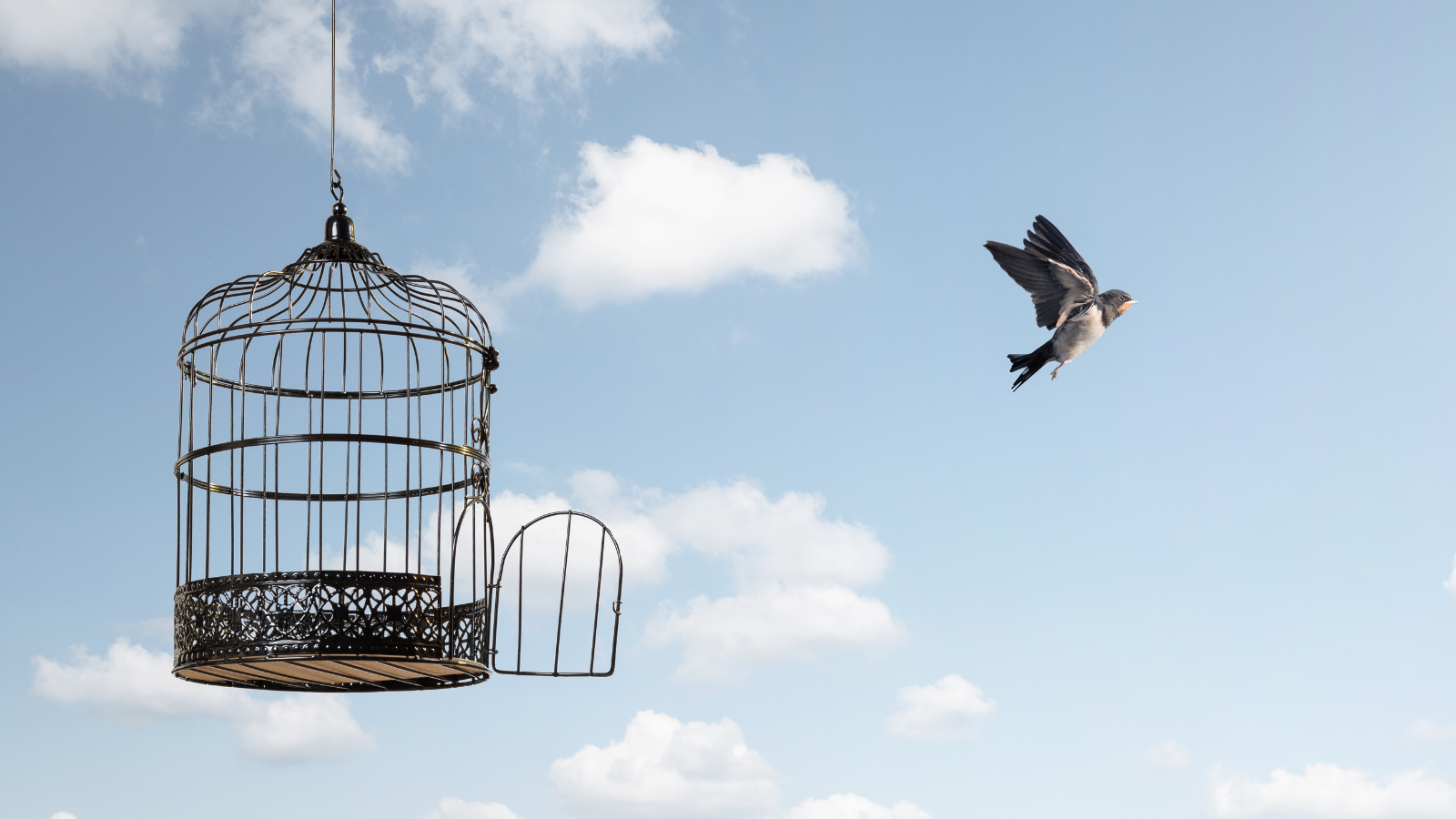Breaking Free With Movement Journalism
August 15, 2024
Alejandro Jodorowsky once said “birds born in a cage think flying is an illness.”
For journalists and communicators, often our cages are the standard practices we’ve been taught to follow.
We do things a certain way because that’s the way they’ve always been done.
When that occurs, we risk confining ourselves to these patterns and practices because we haven’t slowed down long enough to question how our work affects those individuals or communities whose voices and experiences create or contribute to the stories we’re telling.
So ask yourself these questions:
Who created these practices I follow?
Should I continue to follow these practices?
When I follow these practices, do they limit my ability to tell a complete story, including vital context, root causes, different perspectives, and the full range of voices?
Many journalists, communicators, writers and organizers are asking themselves these questions and they’re stepping outside of that swinging door and taking flight.
They’re leaving old practices in the past and broadening their horizons into movement journalism.
So what is movement journalism?
Movement journalism aims to address the root problem of an issue in order to build real, raw empathy for those impacted and enact a lasting change.
“Movement journalism doesn’t just tell you what happened, but instead expands these narratives to explore how and why events reported on are even happening,” says Nada Merghani, a movement journalist.
Media outlets like Scalawag and Prism do this best.
Prism’s motto is: “news and analysis that makes you think—and act. Developed alongside people on the frontlines of injustice, Prism will help deepen your understanding on the most pressing issues of our time.”
That’s what movement journalism does – it fosters collaboration between journalists, writers, organizers and those in grassroots movements so the full story is told. It leans into storytelling so that readers can fully understand the issues.
We call this telling the story from the GROUND up.
Movement journalism also aims to cover stories in communities that are often left out of the media.
An example of movement journalism is this article authored by journalist Antionette Kerr and published by Scalawag — drawing attention to the epidemic of Missing and Murdered Indigenous Women (MMIW) in North Carolina.
The author doesn’t repost a press release put out by local law enforcement that provides minimal details and zero empathy.
What makes this article a movement journalism piece is that it:
Focuses on an issue which has long been ignored by the media
Missing and Murdered Indigenous Women (MMIW) is an issue that is underreported by the media. Of the articles published on the issue, they focused on Native American communities west of the Mississippi.
This article highlighted that North Carolina is home to the largest population of Native Americans on the east coast, and that their largest community, home of the Lumbee and Tuscarora tribes, have a high number of cases of missing and murdered Native American women.
Shows the impact of the crime on victim’s families (not just telling)
The mother of Rhonda Jones, was able to not only talk about her daughter's case, but also reflect on her daughter’s life and her strengths, not just her death.
It highlights through storytelling and photos an advocacy group her mother and other victims' families created to fight for justice, the actions they’ve taken, and how their actions have progressed change.
Explains what’s being done to address the issue
Instead of just covering these cases of missing and murdered women, the article takes it a step further.
The author interviewed a Native American community advocate working to bring additional training to police officers in the state on how to appropriately identify Native American victims.
This is crucial because police officers are not required to ask the family the victim's racial identity, they assume it, which often leads to Native American women being misclassified as White, Black or Latino. Racial misclassifications happen often, and this makes it very difficult to pull together statistics.
Additional training paired with a statewide database for cases of missing and murdered Native American women that would accurately track these cases is the path forward.
Addresses the root cause of the issue
The article also discusses this issue historically in the community by taking a deep dive in police corruption which has led to the mishandling of cases, the lag time for the processing of rape kits, as well as the misclassification of crimes (crimes that have suitable evidence to be classified as “homicides” but instead are classified as “undetermined” causes of death). This misclassification impacts the time-frame for how officers are required to investigate and updates they have to make to victims' families.
Instead of just publishing a press release put out by local law enforcement that is in charge of investigating these cases, the author investigates law enforcement in charge by taking a deep dive into Operation Tarnished Badge, an investigation on local law enforcement that had led to 22 police officers pleading guilty to kidnapping, drug trafficking and more.
This deep dive into this history allows the reader to fully understand victim's families anxieties and frustrations related to how their loved ones' cases were handled and what stands between them getting justice.
Press On, a Southern media collective, “strives to uphold Southern traditions of storytelling that have long resisted the systems of extraction, exploitation, and colonization that have defined mainstream journalism.”
They catalyze change and advance justice through the practice of movement journalism and have this list of resources on what movement journalism is, reports, publications and podcasts to help you learn more.
For foundation and nonprofit communications and PR professionals, the rise of movement journalism offers opportunities to expand how we think about pursuing media coverage about their causes.
It also creates opportunities for supporting the work of journalists and outlets that are covering issues that are often overlooked by the mainstream media.

